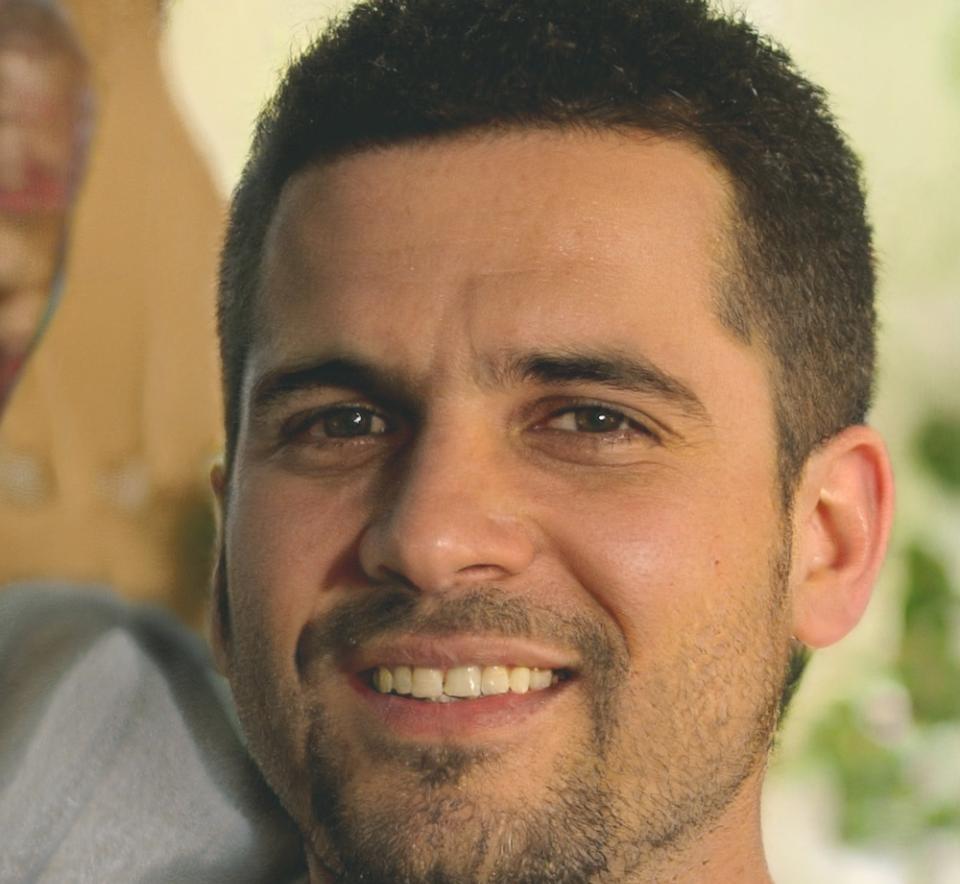Build Real Financial Technology Skills
Most people think they need years of formal education to understand financial systems. We've found that's not exactly true. Our twelve-month program starts in September 2025 and walks you through actual fintech tools and methods used by working professionals. You'll spend time with accounting automation, payment processing frameworks, and data analysis platforms that banks actually use.
Schedule a Conversation
Six Core Modules That Actually Matter
We've structured the program around what employers keep asking for. No fluff modules about "digital transformation" or abstract theory. Just practical skills you can demonstrate in an interview.
Payment Systems Architecture
You'll work with REST APIs, webhook handlers, and transaction reconciliation scripts. We start with Stripe's testing environment and move to building custom payment flows that handle edge cases.
Financial Data Analysis
Python libraries like pandas and matplotlib become your tools for pattern recognition in transaction data. We use anonymized datasets from actual Australian businesses to teach cleaning, visualization, and reporting.
Compliance Automation
AML screening, KYC verification, and audit trail generation aren't glamorous, but they're necessary. You'll configure systems that flag suspicious patterns and document compliance processes automatically.
Banking Integration Protocols
Learn how Open Banking APIs work in practice. You'll connect to test environments from major Australian banks, handle OAuth flows, and parse account data into usable formats.
Security Implementation
Encryption, tokenization, and secure storage aren't optional in finance. We cover PCI DSS requirements and teach you to spot common vulnerabilities in payment handling code.
Process Documentation
Technical writing matters more than people admit. You'll create API documentation, system diagrams, and user guides that non-technical stakeholders can actually understand and use.
Who's Teaching This Program
Both instructors come from hands-on roles at financial institutions. They're not career educators, which means you'll hear about actual problems they've solved and mistakes they've made along the way.

Spent eight years building payment infrastructure for Australian neobanks. He's dealt with everything from card network certification to building fraud detection systems that process millions in daily volume. Callum handles the technical integration modules and has a particular interest in teaching proper error handling.

Previously worked in regulatory technology for wealth management firms. He's implemented AML systems, built audit reporting tools, and actually reads financial regulations for context. Henrik teaches the compliance modules and helps students understand why certain technical requirements exist in the first place.